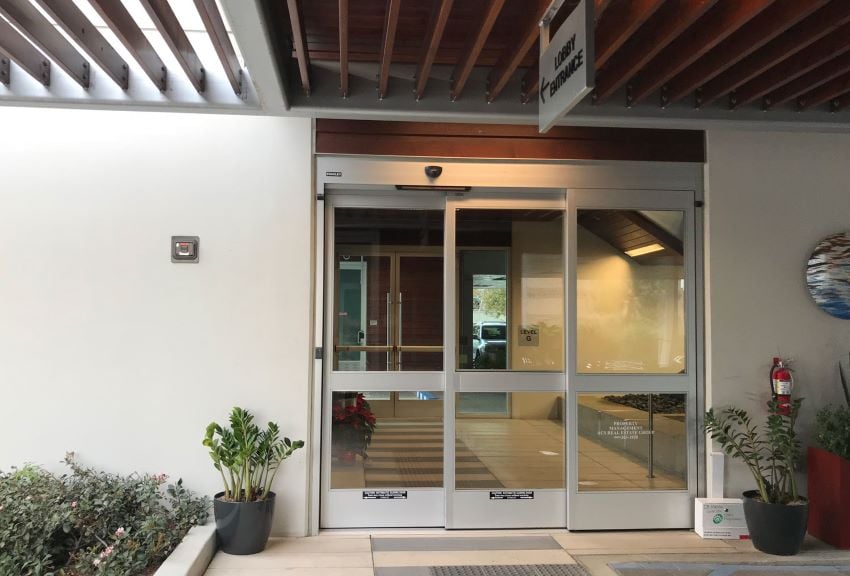
When there is a fire, every second counts for the safety of lives and property. In many cases, firefighters need to find their way around blocked entrance or gates. This usually involves breaking down the said doors so that people can be retrieved and the fire can be fought. Unfortunately, this can cost a lot of time that should be used for fighting the fire and rescue. To reduce this delay during fire emergencies, firefighters adopted a unique key lockbox system which they call the KnoxBox.
What is the KnoxBox, and how is it used? As you read further, you will learn more about KnoxBoxes.
What Is A KnoxBox?
A KnoxBox refers to a small box safe usually mounted on the wall where a business keeps the keys to their building. The business does this so emergency services like firefighters, emergency health care services, and sometimes the police can have free access during emergencies.
For security reasons, KnoxBoxes are always locked. However, the fire service department in the local area usually has a master key that opens all KnoxBoxes in their jurisdiction. That way, they do not have to waste time forcing their way into buildings or looking for individual keys when responding to a fire.
Where Should a KnoxBox be Located?
Ideally, you should mount your KnoxBox by the main entry door of your building. Firefighters also recommend that the box be placed at the right side of the door at a maximum height of 5 feet from the ground. However, in some cases, this might not be possible due to the building structure. For such cases, the fire department advises that you seek their advice on where to mount your KnoxBox. Also, you will find that buildings with dedicated riser rooms, where the main sprinkler valves are located, have a KnoxBox mounted at or near the doors to the riser room. That way, firefighters can quickly gain access to essential fire sprinkler controls.
Are KnoxBoxes Required?
By law, the following is a list of buildings that should have a KnoxBox:
- Buildings with hazardous materials in them that require the filing of tier II report
- Commercial buildings with at least two stories
- Residential buildings with at least eight rental units
- Buildings with an automatic fire suppression system, remotely monitored automatic fire alarm system, or an elevator.
What are the Benefits of a KnoxBox?
With a KnoxBox mounted on your property, fire departments will need less time to gain access to your premises during emergencies. The faster access will mean early control of the emergency. In terms of a fire, it will lead to less fire damage and less water damage from the sprinkler system.
Another big advantage of the KnoxBox is that it lets firefighters into your premises without damaging the building. Without a KnoxBox, a firefighter might need to enter your building by force and thus cause damage to the doors and/or windows. After the emergency, you will be faced with repairs and replacement of damaged property. Interestingly, the cost of repairing doors and windows in just one fire incident will likely pay for the permanent installation of the KnoxBox.
Questions? Contact the Fire & Security Professionals at Koorsen
Since 1946, Koorsen Fire & Security has been protecting and securing businesses throughout the Midwest and South. Whether your business is a small retail shop or a multi-story mixed-use building, we have the knowledge and experience to handle all of your business’s fire and security needs. Contact your local branch today to learn more about how Koorsen Fire & Security can help protect life and property.

